Military EMC Testing | MIL-STD-461
MIL-STD-461: when your product needs to meet military EMC / EMI requirements
You've Built a Device to Serve Our Nations Military.
Now you need to demonstrate it is EMC compliant to MIL-461.
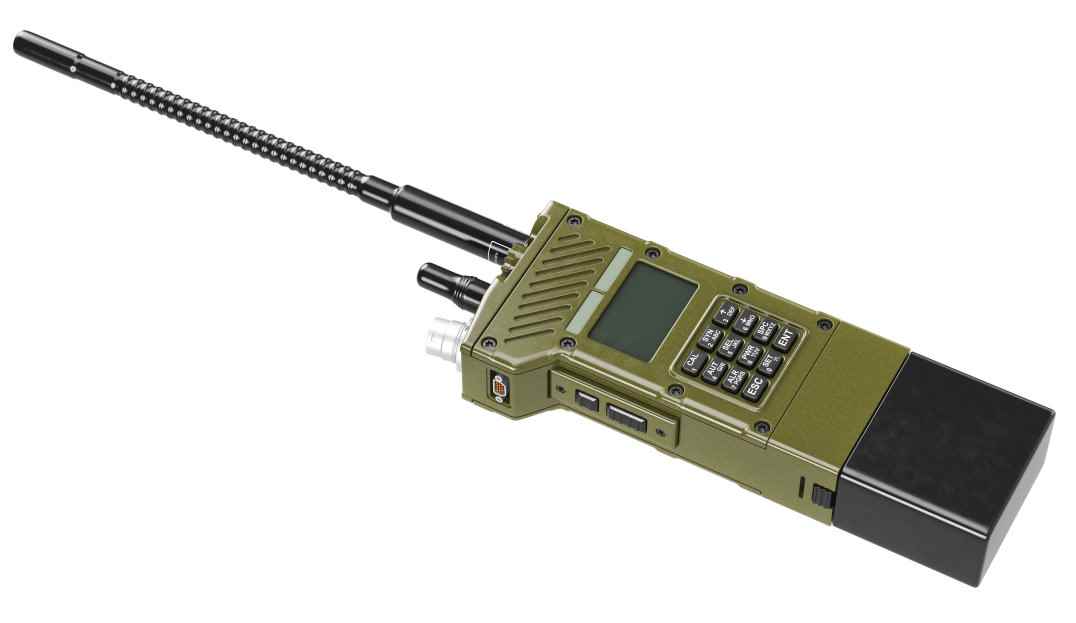
You are building a product to meet an EMC standard that originates from the 1960s
In 1960, the Department of Defense (DOD) created its first EMC testing requirements for Military Service then called the Defense Radio Frequency Compatibility Program. Since then, after dozens of revisions and changes, all three major USA military agencies (Army, Air Force, and Navy) have required military products to meet the EMC testing standards of MIL-STD 461.
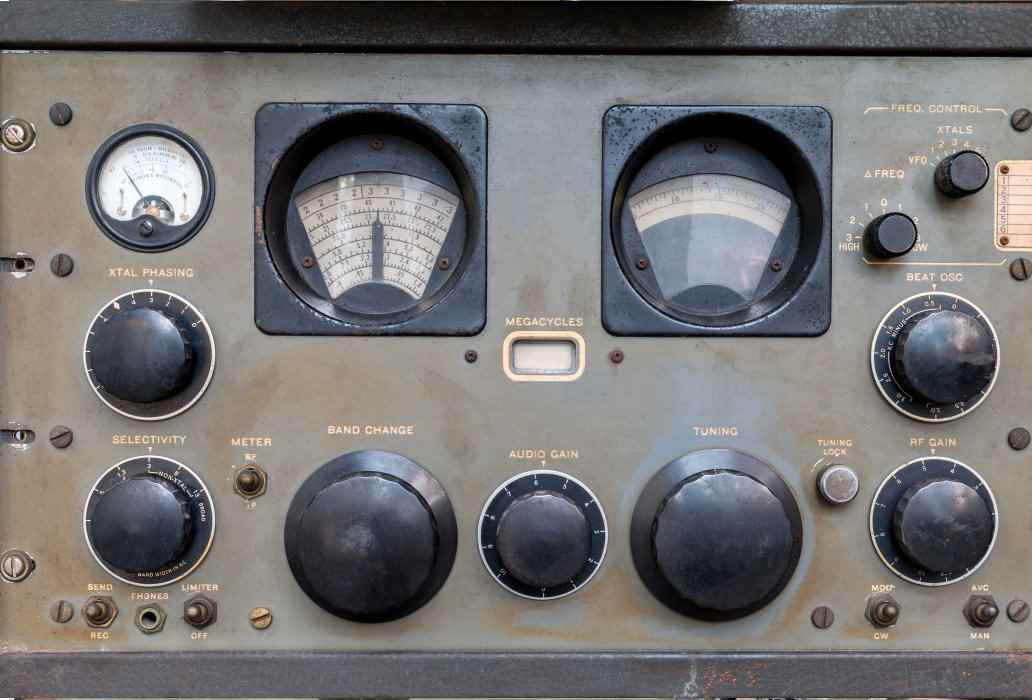
MIL-461 Testing Depends On Specific Military Requirements
Keep in mind that MIL 461 is the cumulative work of multiple branches of the military and goes back nearly 60 years. Unlike Part 15 EMC Testing, MIL-461 testing depends on the particular usage, environment, and the military arm that your device will be used on.
There are 19 testing standards in total, and typically you will be provided with the exact standards your device needs to meet. We can assess your product and provide a comprehensive test program to meet your specific testing needs.
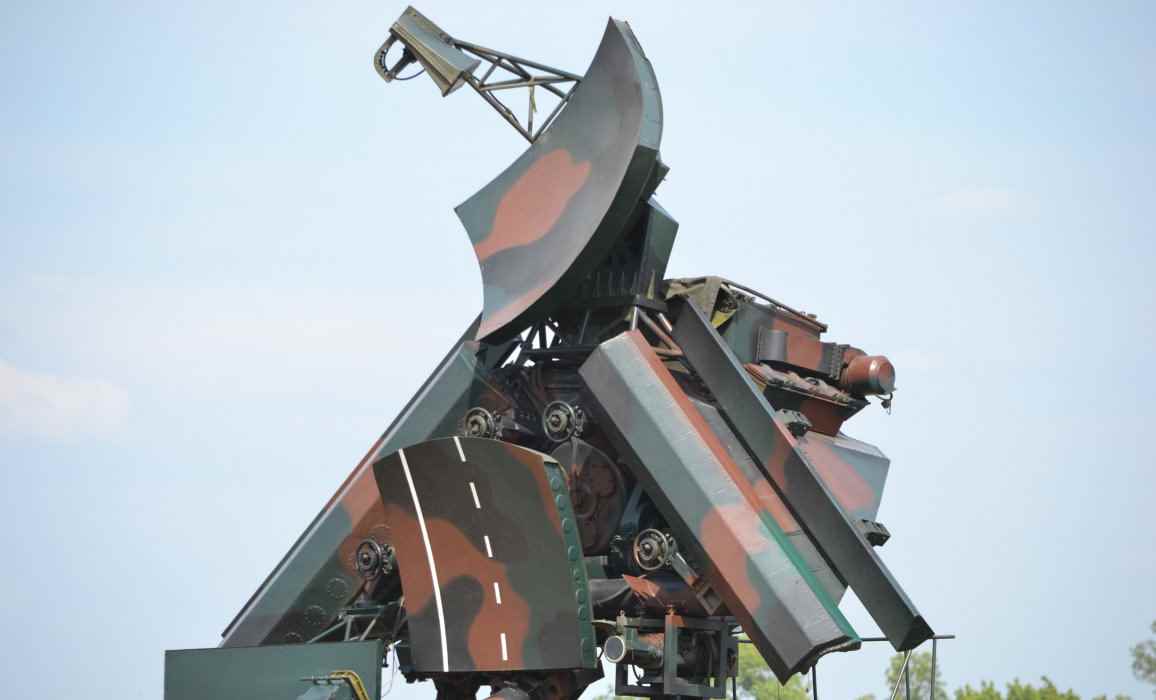
What Types of Tests are Required for MIL-461?
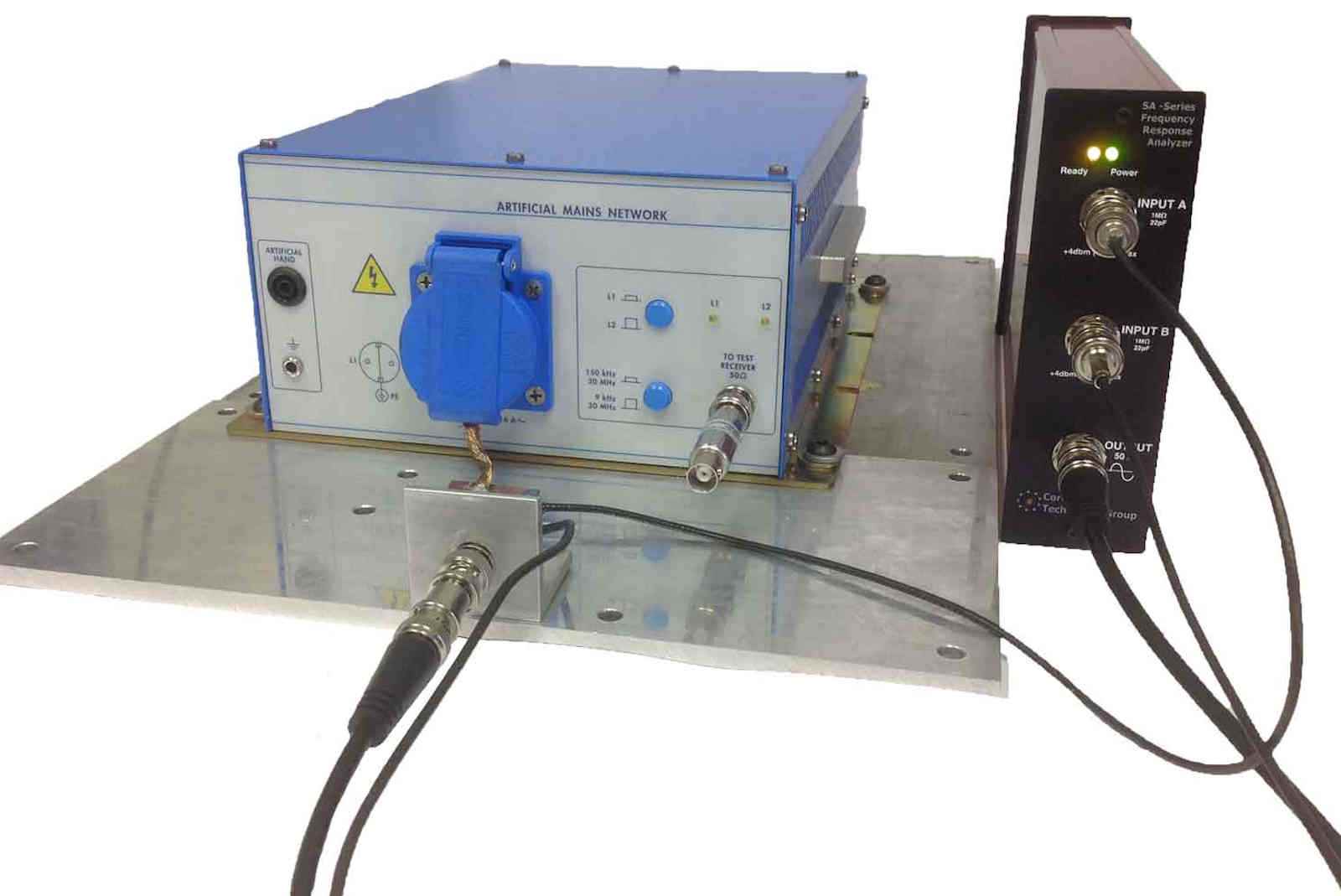
Conducted Emissions
Ensuring there are no conducted emissions back to the AC mains
We need to measure that your device is not transmitting EMI back to the AC mains that are over the CE101, CE102, and CE106 limits.
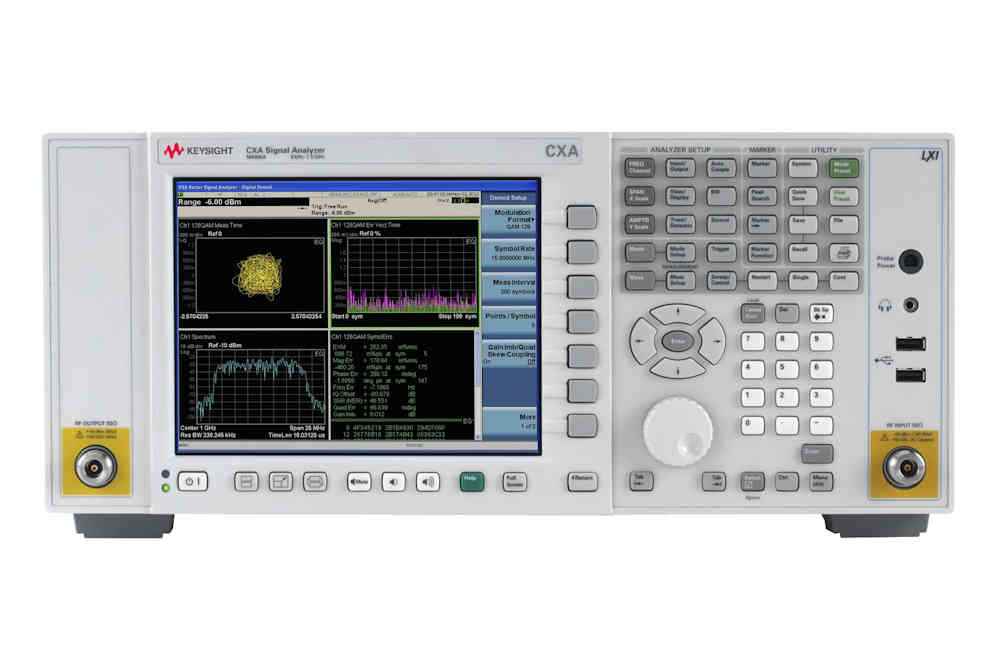
Radiated Emissions
Measure the amount of EMI Coming Out of Your Device
Most modern electronics with microcontrollers generate low levels of EMI that radiate out into free space; RE101, RE102, RE103, defines those radiated emissions levels and we measure your medical device to ensure compliance with the limits.
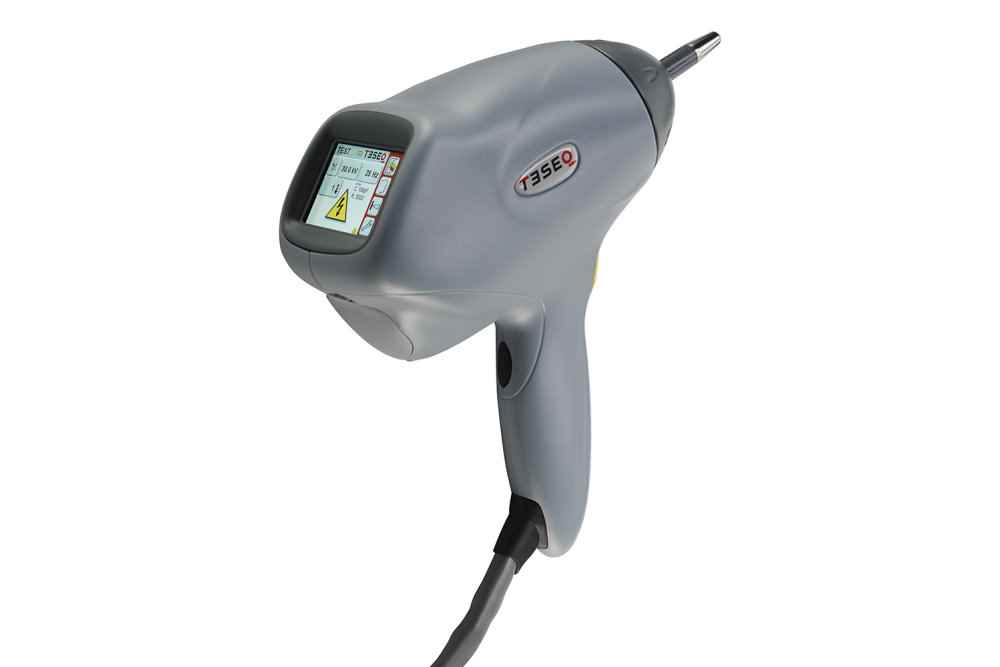
Electrostatic Discharge (ESD) / Conducted Susceptibility
Testing Your Device With Simulated high-voltage ESD
Electrostatic discharge (ESD) is the sudden buildup of electricity that can produce sudden high voltage electrical sparks. We use a handheld device to simulate these ESD events, and testing your device to ensure it can handle ESD under the limits of CS118.
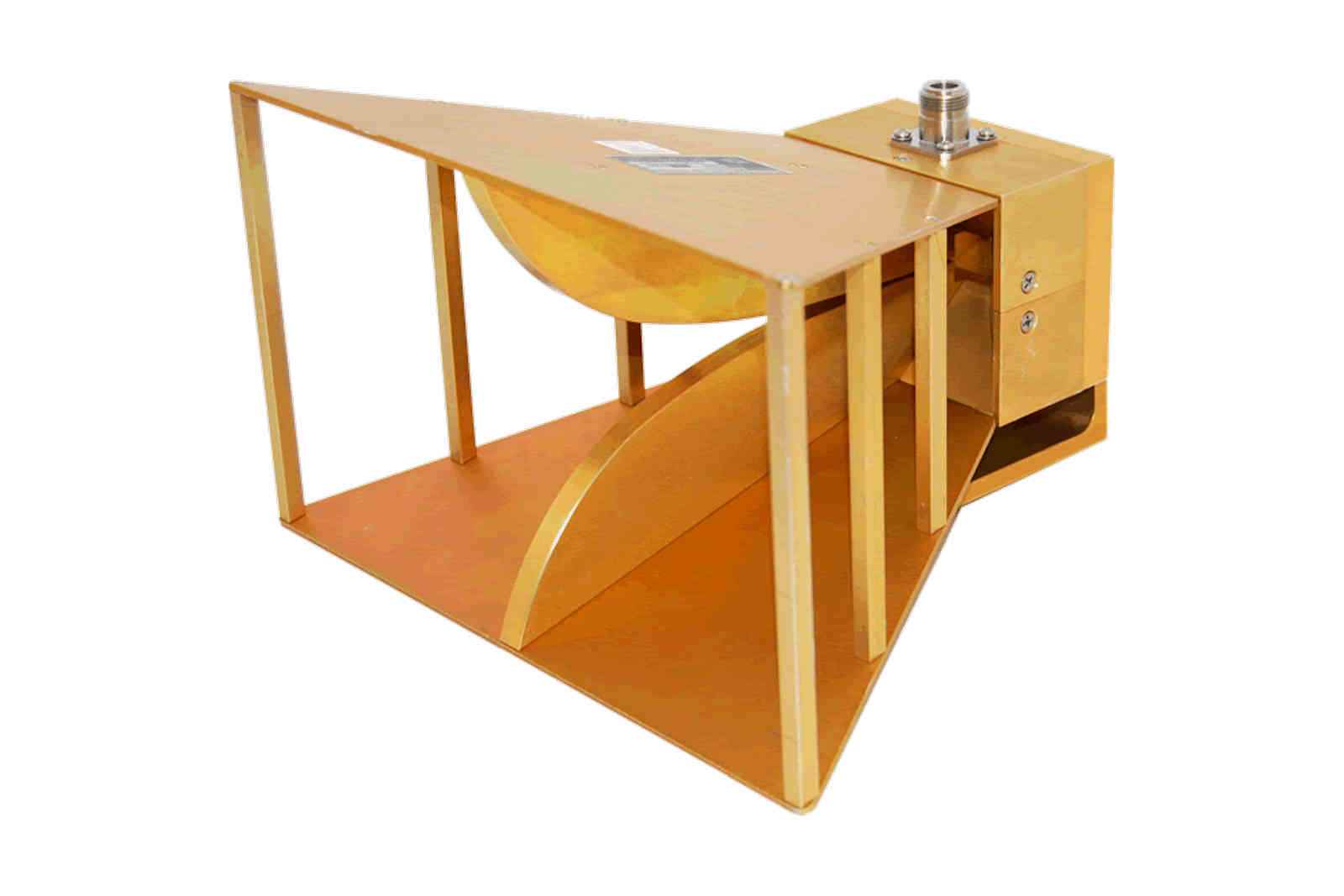
Radiated Susceptibility
We sweep and inject RF noise into your device
RS103 and RS105 and RS105 are tests to transmit different RF signals at your device in a semi-anechoic chamber. IEC-61000-4-6 is a similar test, but the RF signals are directly cabled into your product. These tests are conducted to ensure that your medical device will not malfunction in the presence of other RF signals or ambient electrical phenomena.
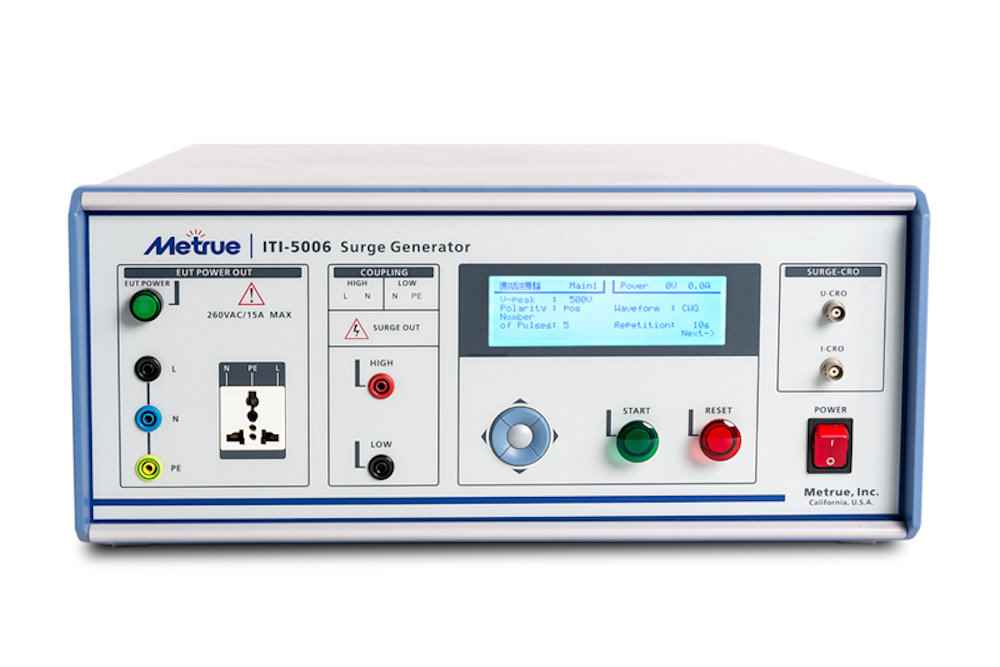
Conducted Susceptibility
How does your device respond to rapid changes to input power and transient waveforms
Conducted Susceptibility tests are measurements to evaluate how resilient your product is to rapid repeated bursts of electrical current and other transient waveforms. Injections points will be determined in procurement. Tests include CS104, CS105, CS109, CS114, CS105, CS116, CS117, and CS118.
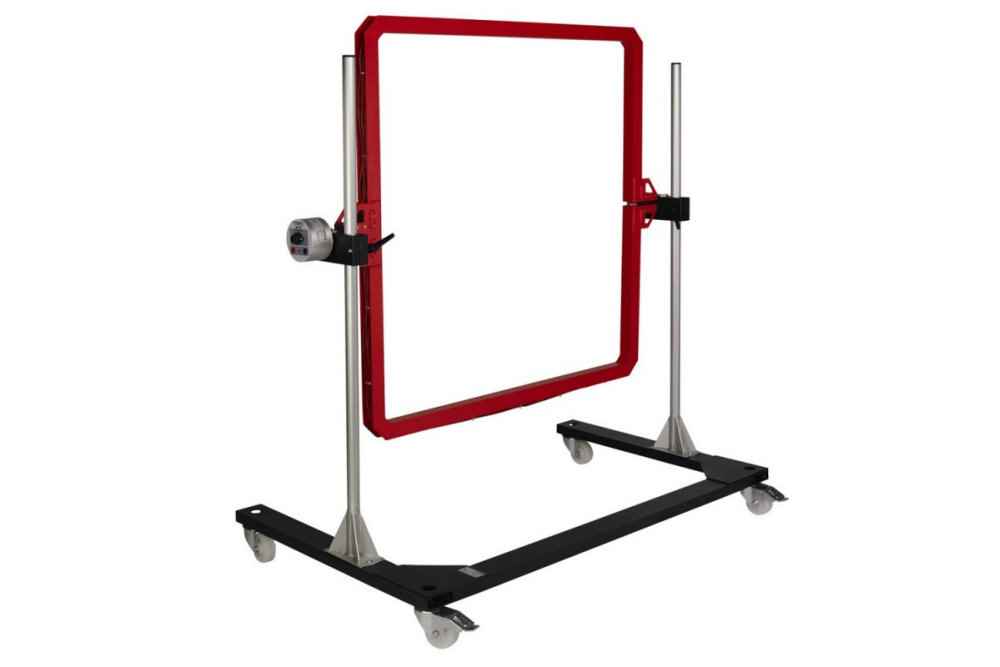
Magnetic Field Immunity
Can Your Device Handle Magnetic Fields
We need to simulate high power magnetic fields and apply these to your device as stipulated in CS101. We apply these simulated magnetic fields and evaluate that your device will not function in the presence of magnetic fields.
Rapid Turn MIL-461 Testing
No MIL-461 project is the same, and every project has different procurement testing requirements. Our experienced EMC engineers will create a comprehensive test program to meet your testing requirements -- on time, and on budget. MIL-461 clients range from first time device designers to established defense and aerospace contractors.
Typical MIL-461 testing starts at $3999.
Get Quote
Most MIL-461 Projects Can Be Completed Within 4 Weeks
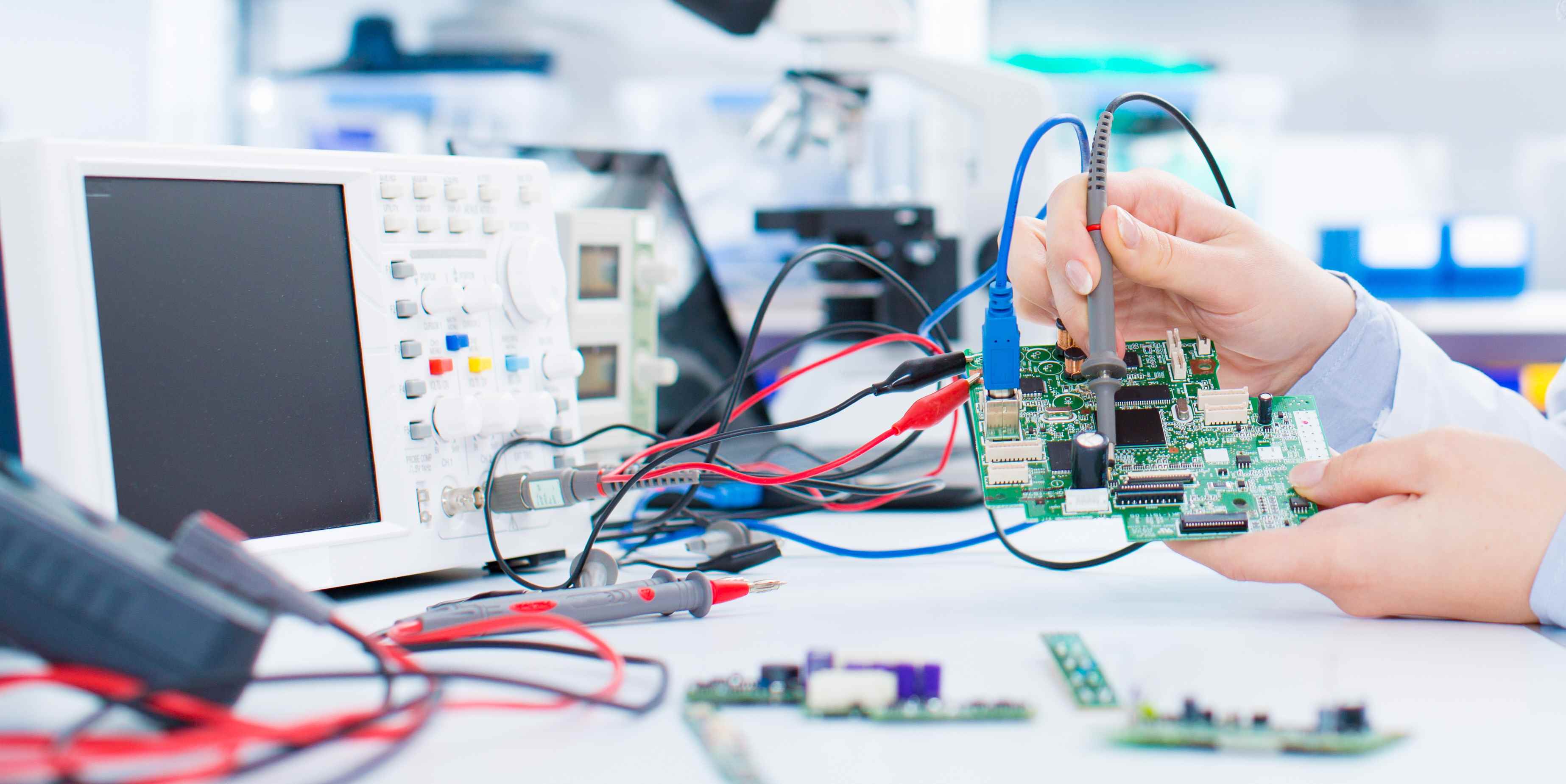
What if my device doesn't pass, can you help us fix it?
Beyond EMC testing, our experienced staff has an extensive background in medical device design and EMC remediation. We can assist in identifying problem areas with your design and implementing cost-effective solutions to get your device back to being re-tested quickly and speed up your time to market
Military EMC Testing / MIL-STD-461
How is MIL-STD-461 Testing Different From FCC Part 15 Testing?
MIL-STD-461 emissions test limits are significantly lower than consumer products testing, and can be more difficult for a manufacturer to meet the requirements. Consumer products are mostly tested for radiated & conducted emissions, but under MIL-461 testing can include susceptibility testing which is more common under CE requirements.
What test do you see the most problems with?
In our experience, ESD (Electrostatic-Discharge) testing is a common failure point in many Military EMC testing projects. We can conduct pre-testing for CS118 and other susceptibility tests prior to a full test if you have any concerns.
How could we pre-test our device?
Many of our clients contact us to conduct pre-testing of their designs. We can assist in a comprehensive pre-test that is 50% the cost of the final testing, and identify any issues in the system at early stage before you have finalized the product enclosures and PCB layouts. While we understand compliance is usually left as a last step, for military EMC testing we could encourage you to contact us earlier in the process for pre-testing which we have found is quite valuable for designers.
What standard of MIL-STD-461 are you testing to?
We are currently conducting all military EMC testing to MIL-STD-461G (December 2015) which is the most recent standard.
What will I need to provide for testing?
Depending on your device, we will need two samples that are production quality. You'll need to provide us with your finalized power supplies, product manual, and written operating instructions. We'll work in conjunction with your design team to identify if any additional changes are needed in the firmware for testing.
Do I actually need MIL-STD-461 Testing?
MIL-STD-461 testing is usually required by the specific military contract under which you are supplying your device under. Your procurement contract will specify the specific test methods under MIL-STD-461 which will need to pass. In some cases, certain manufacturers wish to voluntarily test to MIL-STD-461 for marketing purposes. If your device can meet MIL-STD-461 requirements, that ensures it is built up to the highest standards and can handle any environmental scenarios.
How long should the testing process take for MIL-STD-461?
Military device testing usually can proceed pretty quickly. An MIL-461 testing project usually takes around 4 weeks from the time of receiving your device. Unlike a wireless device testing, there are no submissions to an outside certification body, so we can conduct the testing and return you the results quite quickly.